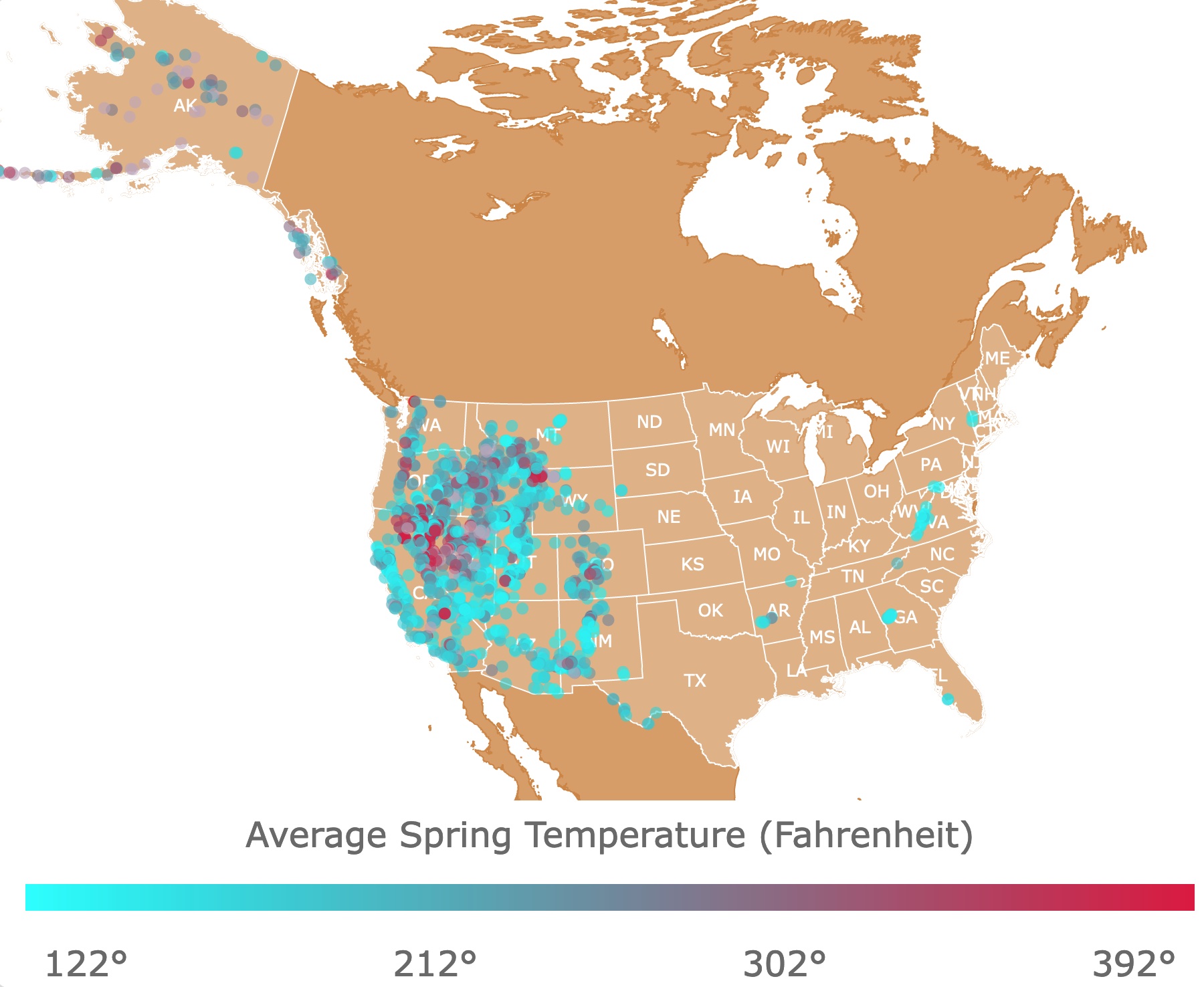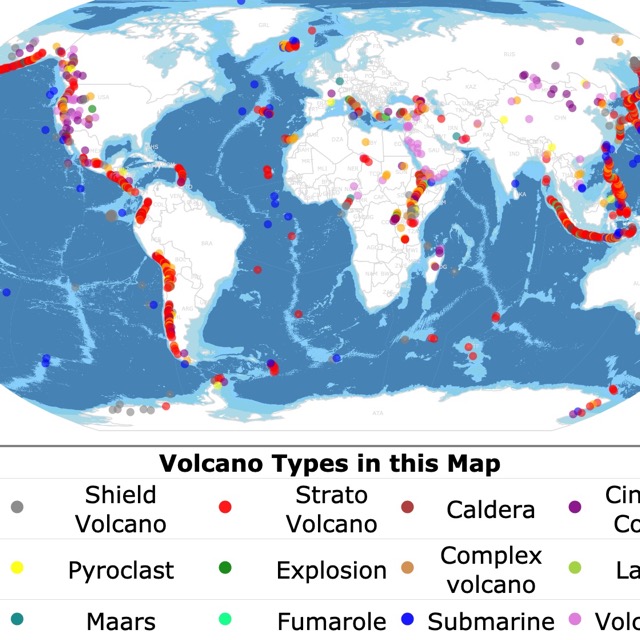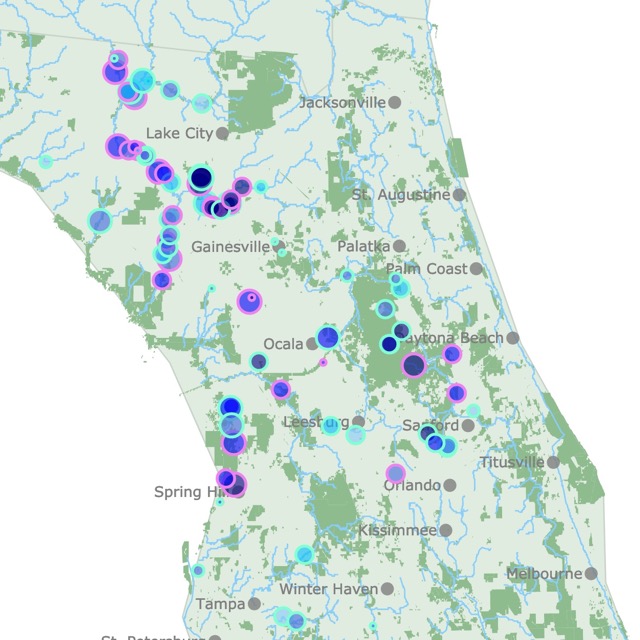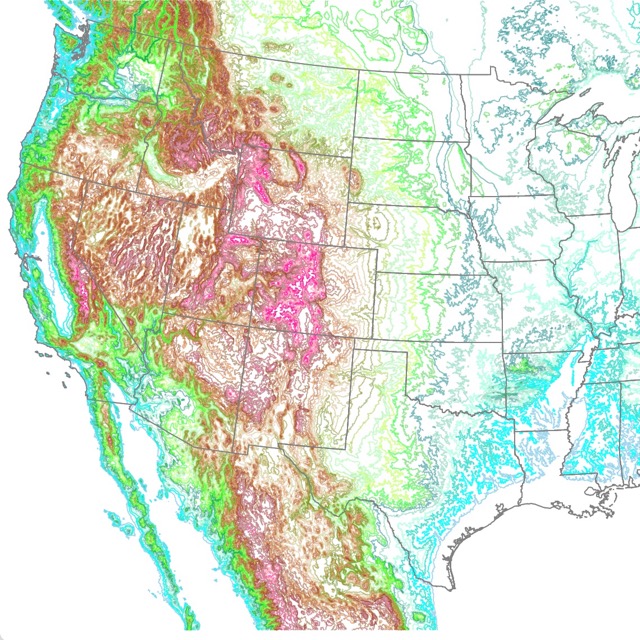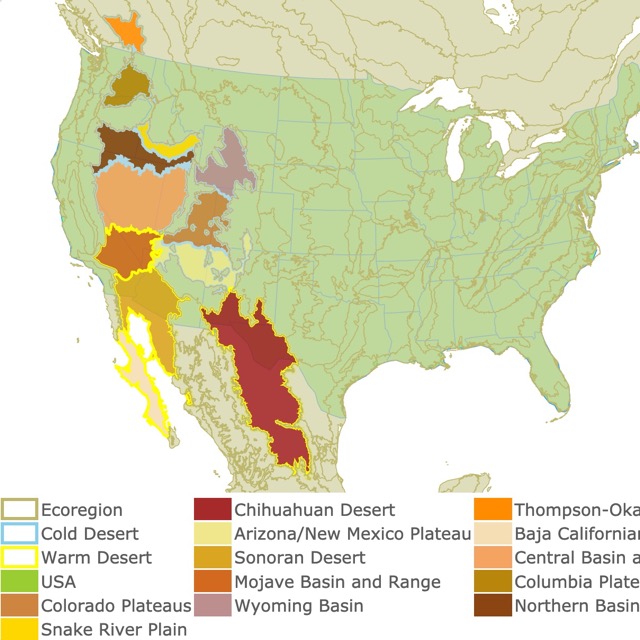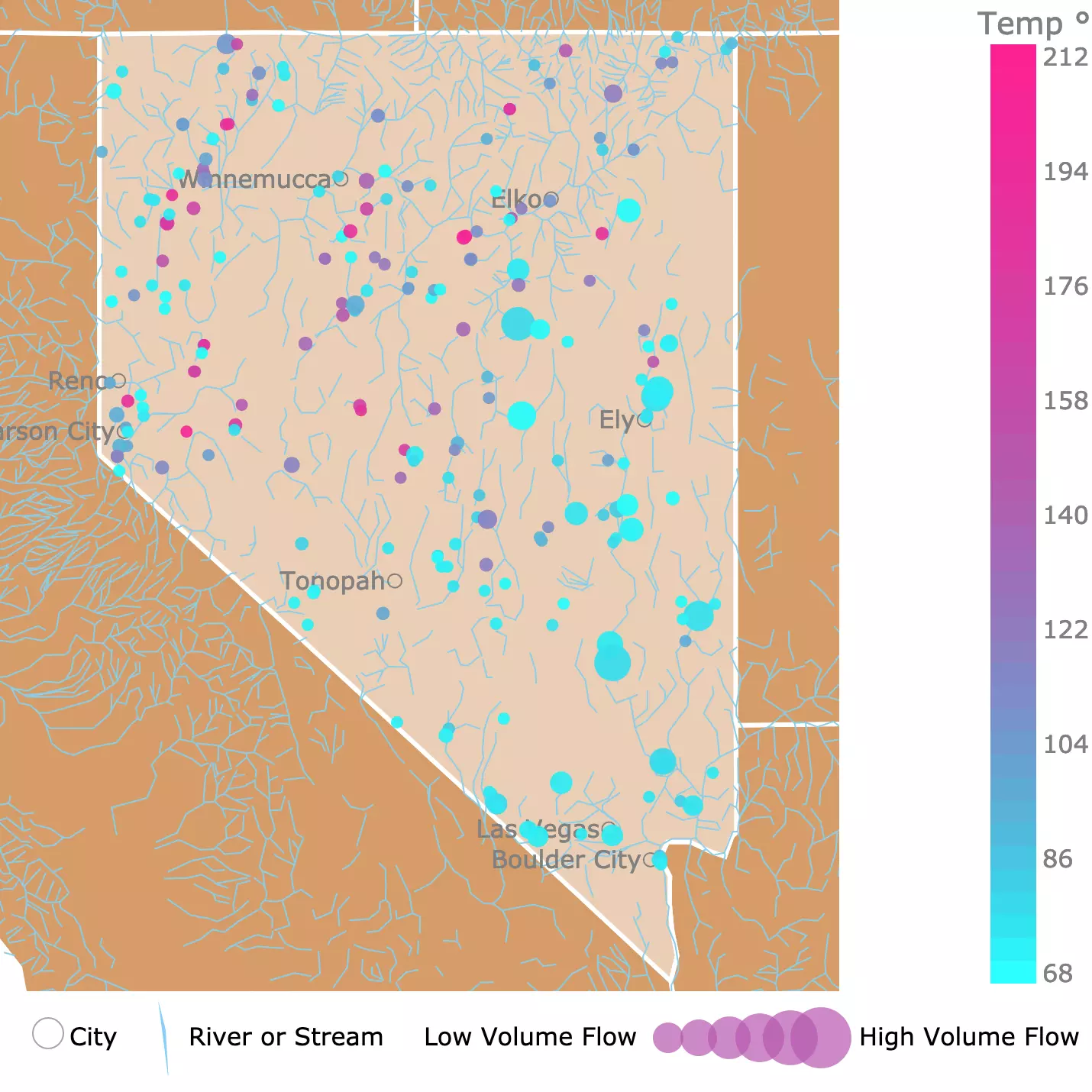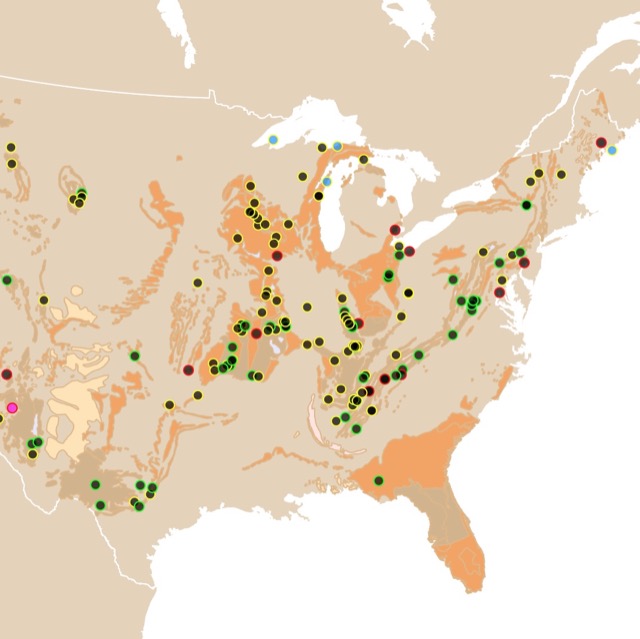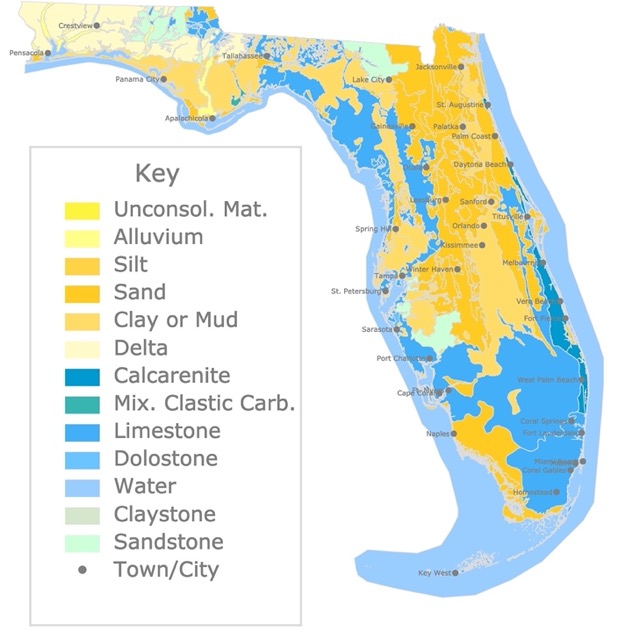Map of Natural Hot Springs in the U.S.
This interactive map shows the Locations, Names, and Temperatures of Hot Springs in the U.S. The color of each circle indicates the average temperature of each hot spring. For more detail, zoom in. For more names and location, hover over the map. For more information, scroll down.
| Average Spring Temperature (Fahrenheit) | ||||||
| 122° | 212° | 302° | 392° | |||
Thermal Springs Map
Spring is a location on the surface of the Earth where groundwater discharges from an aquifer. Thermal springs can be divided into Warm Springs and Hot Springs.
There is no official definition of what is the temperature for "hot spring" or what is the temperature for "warm spring". One definition states that a Warm Spring warmer than the average annual air temperature of the location at discharge Groundwater Hydrology.
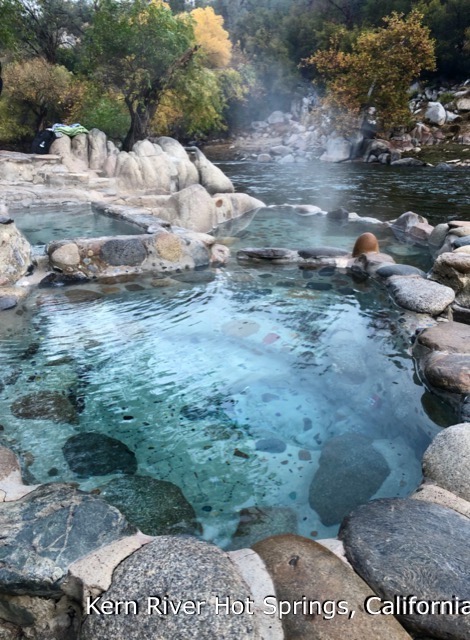
The water temperature has to be above 95°F-104°F (35°C - 40°C) to be classified as a Hot Spring. This is not a random value but what is considered body temperature.
So a hot spring has temperatures between 40°C and boiling point. The boiling point changes with altitude, so this temperature depends on the location; Hot Springs.
The water temperature of both hot and warm springs can change over time, reflecting some atmospheric influence. For example, snow melt water infiltrating Granite Hot Springs near Jackson, Wyoming, will decrease the spring temperature.
Because the division between warm and hot springs is not precise, this map has a gradient of color showing their temperatures.
The data includes two temperatures, the highest and the lowest temperatures measured. To ease this visualization, the average temperature is the one depicted.
A common characteristic of hot springs is their presence close to areas of recent volcanic activity. This characteristic is also visible in the map above. Hot springs are concentrated in active and hilly areas.
Geothermal Features
Hot water that seeps from the ground and vents comes in different forms: Hot Springs, Geysers, Fumaroles, Mud Pots, and Paint Pots. Below is a description of each.
Hot Springs
As mentioned before, many hot springs are found close to a fault or fracture near areas of volcanic activity. This suggests that these fault systems supply channels for the flow of warm water to feed springs. These channels provide the means for the circulation of rainwater to reach great depths.
At great depths, the water will get in contact with rocks that have been heated with magma. Once they have been heated, they turn buoyant and return to the surface in the form of hot springs; Geothermal Springs.
There are hot springs that are not directly related to volcanic activity. In this situation, the temperature increases due to depth. In such cases, the temperature increase is known as Geothermal Gradient.
Cracks on the ground will allow the water to filter down and return warmer than the surface temperature.
Because temperature is related to depth, for every 1,000 feet of depth, groundwater is heated an additional 15°F. Source: World Atlas.
Geysers
Geysers are a special kind of hot spring that spouts streams of water intermittently. Rainwater in active volcanic areas infiltrates Earth's crust. Once it reaches deep, hot underground rocks, it can be superheated and ejected through orifices.
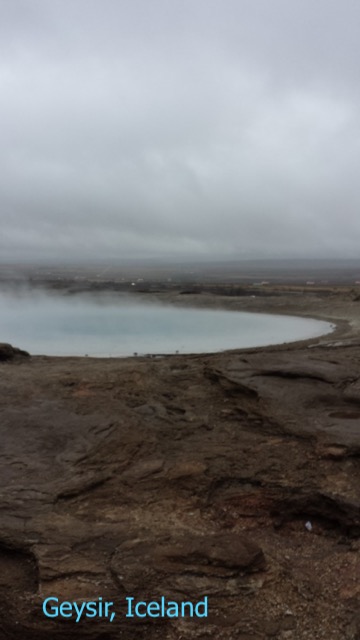
Usually, Geysers require large amounts of water to fill underground cavities. Once it is heated, all of a sudden, water is ejected into steam that expands suddenly. Next, a violent explosion forces the water out through a vent.
Geyser temperatures are close to boiling point. The silica content is high, but the content of other components is low, meaning the water is in short contact with the rock. Their pH is usually neutral to alkaline; Geysers.
The term 'geyser' in English dates back to the late 18th century and comes from Geysir, which is a geyser in Iceland. It means "one who gushes".
Natural Geysers are rare. There are about 1,000 worldwide, and half of them are in Yellowstone National Park. Some can be small bubbling pools, while others can reach a few hundred meters high. Source: USGS.
Geyser explosion cycles can be repeated regularly. A well-known example is Old Faithful Geyser which erupts every 65 min hence the name.
The world's tallest active Geyser is Steamboat Geyser in Yellowstone; its eruptions reach an incredible 200feet (91m). Unfortunately, this Geyser's eruptions are not regular like Old Faithful; they are more haphazard. Source: NPS.gov
Mud Pots and Paint Pots
When a hot spring mixes with clay or dirt before it reaches the surface, it is called a mud pot. Mud pots can be acidic, which will also help dissolve the rocks around them, forming a viscous bubbling pool.
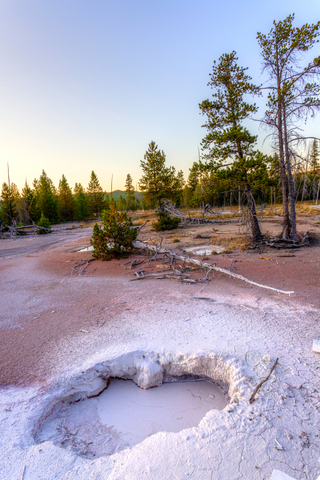
Paint pots are Mud Pots with bright colors from the minerals in the clay.
Fumaroles
Fumaroles are openings or vents on Earth's crust that emit steam and volcanic gases. Those gases may be hydrogen sulfide, sulfur dioxide, and carbon dioxide.
Fumaroles occur in cracks, holes, or fissures near active volcanoes, where magma has surged to Earth's crust without erupting.
Because of their chemical composition, fumaroles can be very dangerous. These chemicals can also color the surrounding rocks by reacting with them.
Fumaroles are more common in volcanoes at their end stages, as the magma underground solidifies and cools off. Source: NPS.gov
Mud Pots and fumaroles are found in Yellowstone, as seen in the picture.
Life in Thermal Springs
Life is possible in a Hot or Thermal Spring. Right at the vent or upwelling section, only microorganisms may thrive. As the distance from the vent and the temperatures decrease 104°F (>40°C), it is possible for invertebrates and eventually fish to survive.

Geothermal springs are not only deadly environments because their water reaches boiling temperatures but because their waters usually have high concentrations of sulfur.
There are microorganisms called thermophiles that thrive in hot springs. These microorganisms even survive temperatures above 212°F (100°C).
Thermophiles produce compounds that allow them to survive in these conditions. These compounds are currently being studied for commercial uses such as enzymes, sugars, and antibiotics.
A special kind of biome grows in one of America's most renowned parks: Yellowstone! As mentioned above, the type of organism changes as the temperature decreases away from the vent.
This is most evident in Grand Prismatic Spring, where different thermophilic bacteria thrive, giving it different hues of color as the water progressively gets cooler away from the central vent; ScienceDirect.
Expedia offers different hotels and car rentals for an unforgettable visit to Yellowstone. To check prices and locations, Click here!
Hot Spring Chemistry and Therapeutic Uses
Since antiquity, hot springs have been used for therapeutic purposes. Their medicinal purposes have also been exploited by animals observed curing feet, healing wounds, or maintaining body temperature. Medical Hydrology is today a modern branch of medicine.
Because heated water can hold more dissolved solids than cold water, warm and especially hot springs may have very high mineral content.
Balneology or Balneotherapy is the "treatment of disease by bathing" and is usually done in waters containing minerals. These minerals sometimes give an odor to the water in hot springs.
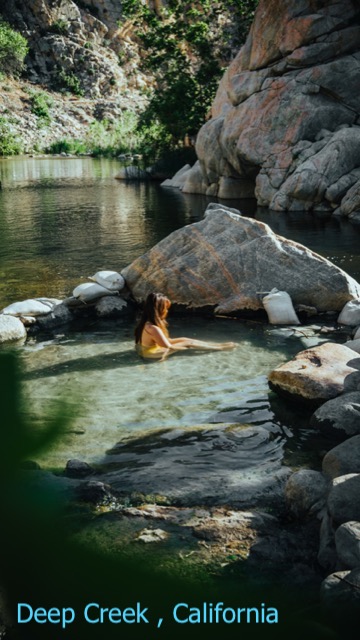
Different geothermal waters are classified as chlorinated, sulfurous, sulfated, ferruginous, and bicarbonate waters.
They may also be of mixed composition and balanced with sodium, calcium, or magnesium. These compounds are the ones that are attributed to their therapeutic benefits. Source: Therapeutic properties of springs.
Some of the therapeutic properties found in hot springs include:
- Detoxify the body through sweat
- Thermoregulatory system restauration
- Analgesic and pain reliever
- Sedation of the Nervous system through relaxation
- Reconstitution and toning of muscles
- Renal insufficiency therapy
- Reactivation of metabolic and endocrine activity
- Sulfur waters may decrease blood pressure
- Improve skin conditions
- Decrease anxiety and chronic stress
To its best use, Balneotherapy should always be done under specialist or medical prescription, especially during pregnancy, illness, or old age.
Best Hot Springs per State
The best thing about Hot Springs is that most don't have an off-season. You can always visit them because their temperatures are almost constant.
Making even freezing environments attractive and relaxing in the wintertime.
Visitors flock to these locations for the therapeutic uses mentioned above and the great sites surrounding them.
Wondering which Hot Spring you want to visit First? Not all states have springs, but those that do have plenty to choose from. Even with the map, it might be hard to decide where to go. If you are looking for the best ones, here is a summary by state.
Alaska's Chena Hot Springs
A definite A+ and a personal favorite is Chena Hot Springs Resort, close to Fairbanks, Alaska. Once you arrive in Fairbanks, going to Chena Hot springs may take about an hour 20min.
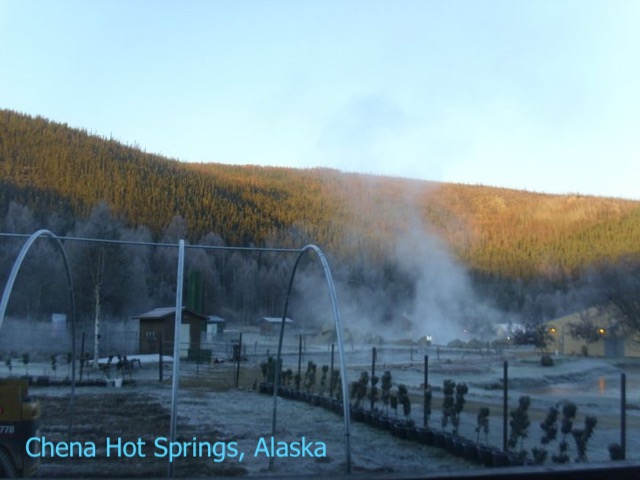
The best time to visit this resort is in winter. You will have the opportunity of feeling the freezing weather of Alaska and the hot waters of the springs. The large pools make it possible to see the natural beauty of the surrounding hills.
These hot springs are not just unique because you might bathe outdoors in a warm pool surrounded by snow. But because you might find yourself looking at the northern lights in this spectacular location.
The steam might make you believe you see things in the sky at night. Still, fortunately, the resort will confirm, with speakers, if the aurora borealis is on display.
The resort also has sled dogs you can use or visit year-round, plus an ice bar! The springs provide geothermal electricity for the property and warmth for their own hydroponics garden!
If you are thinking about enjoying these springs, seeng the northern lights, and relaxing for a couple of days, Expedia can give you the best prices and dates. For more information follow this link!
Arizona's Castle Hot Springs
This hot spring has developed into a luxurious retreat north of Phoenix, Arizona. Arizona. Nevertheless, it still has natural pools nestled in mountains and canyons where you can soak in their warm waters.

The stay gives you access to a large property of 1,100 acres, ideal for riding horses and hiking.
The property also has pickleball courts, yoga, boating, and climbing. All possible thanks to its location in the Sonoran Desert.
Visitors can stay in cottages and harvest the fruits and vegetables from the properties orchard to encourage relaxation in a natural setting.
Arkansas Hot Springs National Park
This Spring, Southwest of Little Rock, Arkansas, was developed into a bathhouse in 1912. Today there are two spas where visitors can find relaxation and hydrotherapy.
Inside the park, it is still possible to see hot springs in natural surroundings under the trees. You cannot bathe in them, but you can still approach the pools and feel their hot water.
California's Hot Springs
Natural and wild hot springs vs. spa with everything included? It was hard to decide on only one location, so here is a list of the most attractive Hot Springs in California.
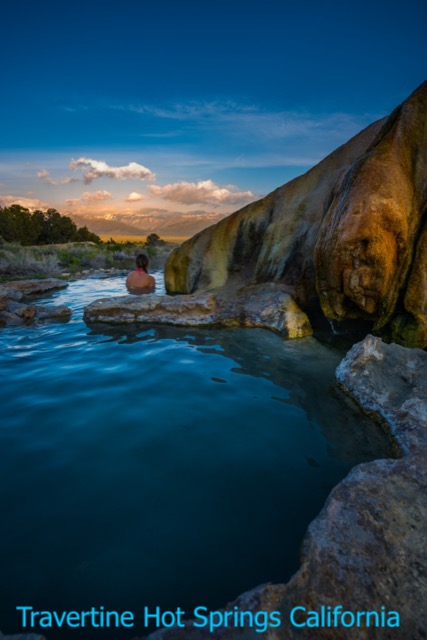
- Travertine Hot Springs: This Natural Beauty is east of Sacramento and close to the Nevada State Line. Small natural pools in travertine sedimentary rock. This is an outdoor FREE entrance hot spring. So take a towel and enjoy this natural wonder!
- Calistoga: located in Napa Valley, this area has a plethora of hot springs. There are more than 10 resorts and spas in this unique location. Because of its surroundings, it is possible to combine wine tasting and therapeutic bathing.
- Wild Willy's Hot Spring: Northeast of Fresno in the Mammoth Lakes region, this hot spring is outdoors and FREE. The spring has human-made pools. The location is remote, and the pools are shared with other visitors. Still, it gives you the option to choose between different temperature pools.
- Vichy Hot Springs: Located in Mendocino County. Vichy springs magnet for tourists are its tubs with naturally carbonated waters, exceptionally high in mineral content.
You can start your California adventure in Los Angeles. From there, you can drive to any of the springs mentioned. Expedia offers different accommodations; just follow this link!
Colorado Hot Springs
As shown on the map, there are multiple options in Colorado. Here is just a small sample of hot springs to visit.
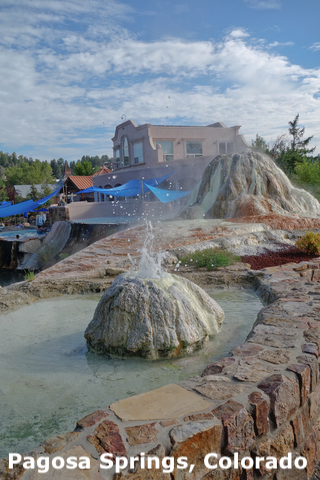
- Glenwood Springs: West of Denver is this historic resort. It is one of the world's largest spring pools in the world. It has slides and even a kiddy pool.
- Ouray Hot Springs: Surrounded by incredible sights of 13,000-foot peaks, this hot spring has slides and is open year-round.
- Strawberry Park Hot Springs: This park has a blend of natural beauty and stone pools. There is hiking, biking, and snowshoeing, conveniently close to Routt National Forest.
- Iron Mountain Hot Springs: This site is at the banks of the Colorado River. There are 16 pools with incredible views of Mt. Sopris.
- Mount Princeton Hot Springs Resort: This resort in the Rocky mountains has multiple pools and a historic bath house.
- Springs Resort and Spa in Pagosa Springs: is home to the world's deepest geothermal hot spring. The resort offers a variety of springs ranging from 66°F to 110°F.
In case you are interested, you can rent a retreat in Pagosa Springs by the river, or in the city centre. For cozy and friendly options visit VRBO!
Idaho's Springs
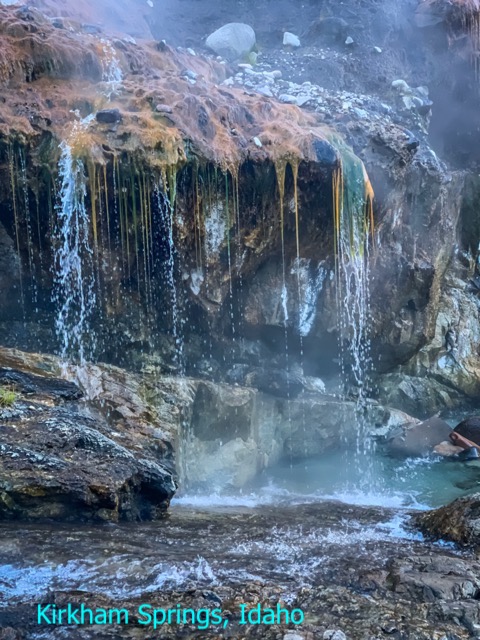
Because of its unique geological location, Idaho offers countless geothermal pools. Many are easy to access. Others need a hike to be reached. Here are a few of them. Source: VisitIdaho.org
- Boat Box Hot Springs: This spring flows into what appears to be an old mining cauldron. You can cool the pool a bit with water from the river!
- Frenchman’s Bend Hot Springs: A hot spring snuggled up against some large boulders along the gravel road.
- Burgdorf Hot Springs: You can rent a wood cabin on this site, but what makes it unique is that it is disconnected from modern world facilities.
- Kirkham Hot Springs: A well-known spot, for its numerous pools of varying temperatures. A warm waterfall over the cliffside into a pool below feels like a hot shower.
You can find comfortable stays with VRBO not far from Kirkham Hot Springs. For private cabins and ranches go here!
Montana's Yellowstone Hot Springs in Gardiner
Yellowstone has at least 17 hot springs spread through Montana, Idaho, and Wyoming. This is one of those springs!
This hot spring offers 400 square feet of pools surrounded by mountains and wildlife.
Mineral-rich pool waters with constant flow-through circulation to replenish their mineral waters.
Nevada's Spencer Hot Springs
Nevada has plenty of Hot Springs to choose from. Some of the best are accessible on a four-wheel-drive or a long hike. Spencer Hot Springs are beautiful and accessible.
This is basically a hole on the ground in the vast Nevada desert. In the middle of the state and with the Toiyabe Range as a backdrop, this spring consists of a steamy metal tub and an in-ground spring.
You will definitely like the views and want to camp on site. There is a nearby historical town called Austin, with cafes, shops, and hotels where you can spend an extra night.
This is just a glimpse of what Nevada can offer. Nevada is the state with the most hot prings in the United States. For more detail, visit this map of Nevada Hot Springs!
New Mexico's Truth or Consequences Hot Springs
This spring, south of Albuquerque, New Mexico, is odorless and pumped from underground to the pools.
There are hotels with private and public pools with different temperatures.
Thanks to its location, the pools may have breathtaking views of the Rio Grande's riverside. Expedia has different stays with different styles and options. For availability go here!
Oregon's Umpqua Hot Spring
Located in Umpqua National Forest, this beautiful Oregon spring is popular throughout the year.
It has 3 cascading pools with decreasing temperatures as you descend to the river.
Utah's Diamond Fork Hot Springs or Fifth Water
This spring has several hot pools with vibrant blue water cascading down a mountain. The waterfalls that form from it are just beautiful!
Reaching this Spring requires a bit of a hike, but you will not regret it!
Washington's Sol Duc Hot Springs
Located in Olympic National Park in the state of Washington, it is easy to access and perfect for the whole family.
The hot springs are just a small part of the amenities offered by the park.
The site features three mineral hot spring soaking pools and one freshwater pool.
The park also offers hiking trails, a resort, and a campground.
Wyoming's Hot Springs State Park, Thermopolis
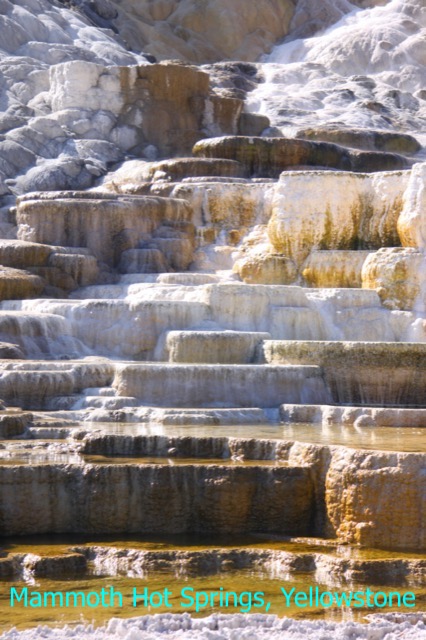
Situated in Wyoming, this spring flows over colorful terraces as it cools down and leaves the minerals that form the beautiful travertine walls.
The park has a free bath house where the water is maintained at 104 degrees.
The park has 6.2 miles of hiking trails. It also has fishing and a Bison herd!
Wyoming's Mammoth Hot Springs Terraces
This spring is also located in Yellowstone National Park. It is a must-see feature of Yellowstone National Park in part because its surrealistic look.
The springs have travertine formations due to the soft limestone dissolved and solidified as terraces.
Mammoth Hot Springs has two terrace boardwalks, an upper one and a lower one. Approximately 50 hot springs lie within the area. Source: Yellowstone.com
Hot Springs Map Resources
This map displays the location of Hot Springs in the United States, their names, and temperatures.
The Thermal Springs data is from NOAA's National Centers for Environmental Information (NCEI), and contains 1661 hot springs in the United States. The content was originally published in 1980 and has not been updated since. Compiled by George W. Berry, Paul J. Grimm, and Joy A. Ikelman. Shapefiles downloaded from Koordinates.
The shapefiles for the states were downloaded from Natural Earth.
This map will be updated with new data! To receive updates on this and more nature maps, join my email newsletter!!!!!!!
Made by Luz K. Molina with D3.js.
